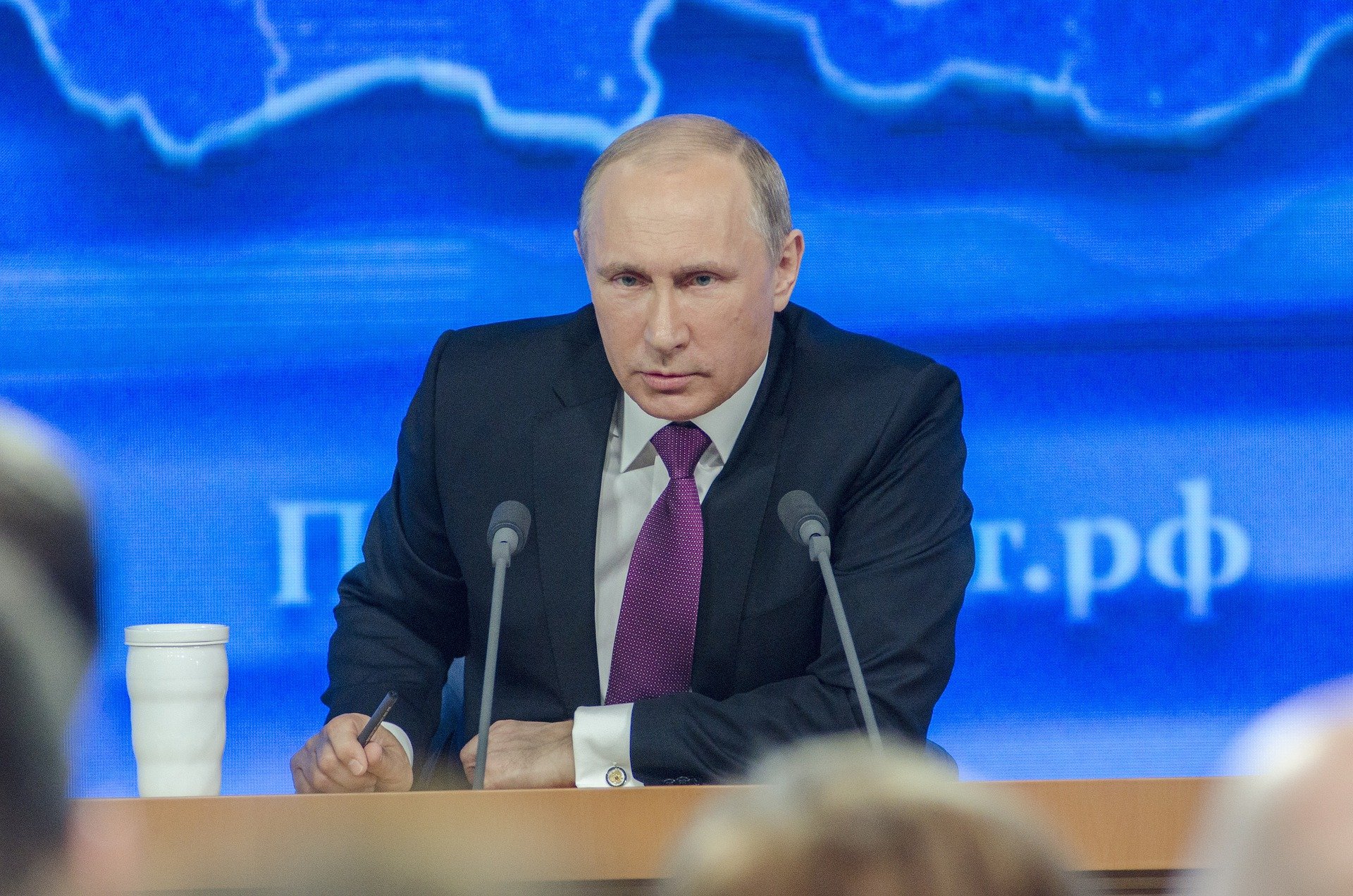I read two articles surrounding the issue of a nuclear threat by Russia’s Vladimir Putin. The first was by The Wall Street Journal, The Best Way to Combat Putin’s Nuclear Threats, and the second was from the New York Times, How Seriously Should We Take Putin’s Nuclear Threat in Ukraine?
Both articles encompass the growing unease with Putin’s suggestion of using nuclear weapons to help in his fight against neighboring Ukraine. The article that I lean more strongly into agreement with was from the New York Times.
The New York Times article gave more of a history of nuclear weapons in relation to the U.S. and how the dynamics and outcomes of such occurrences compare to the current situation. The columnist further goes on to state that while the U.S. should support Ukraine, the goals of the two countries might not align, and more specifically, Ukraine might “want to go all the way” and the U.S. might opt for “negotiation and restraint”. I do agree that the U.S. shouldn’t jump the gun and exercise restraint while dealing with such sensitive issues.
The U.S. for better or for worse, has always had a plan or has been involved in deterring such threats, something that this article touches on. In the past, leaders would use nuclear weapons as a fear tactic, more of terrifying possibility rather than an actual, intended threat. With the Ukrainian-Russian war, this is not necessarily the case, “the aging Putin is more reckless, ideologically motivated gambler than a cold-eyed statesman. What does that imply for nuclear peril? Nothing good.”
The Wall Street Journal’s article, on the other hand, makes several strong points on the issue, even though I don’t entirely agree with them. The logic and reasoning provided in the article helps to make a solid case for why the U.S. shouldn’t directly intervene with the nuclear threat. While this is similar in view to the New York Times article, it takes it a step further in their argument for restraint.
The article also discusses the consequences and risks for the U.S. if they should choose to become directly involved. This especially caught my attention, specifically how the columnist set up the risks and consequences for the U.S. first, then gave the proposed alternative solution, and closed with an assurance that Ukraine itself is capable of restraint if they were given weapons to defend themselves rather than “distant friends or allies for whom nuclear deterrence is a theoretical game”.
The main reason this article clashed with my political opinions was the fact that this is discussing nuclear weapons, and the thought of not having an active part in deterring or stopping such a threat is deeply unnerving to me. What the New York Times article does not really go into, along with several other articles I also read on this topic, that the Wall Street Journal does, is the consequence of direct involvement. Something that needs to be considered, for better or for worse.




0 Comments